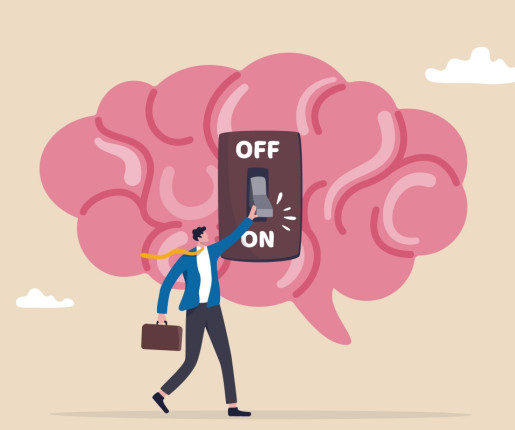Virtual reality for pain management
KnowledgeOne
NOVEMBER 23, 2022
A functional magnetic resonance imaging study of healthy patients using VR while exposed to a painful stimulus (thermal foot pain simulator) demonstrated a more than 50% reduction in pain-related brain activity in 5 brain areas (Hoffman et al., In 2019, the World Health Organization (WHO) recognized it as a disease in its own right.
















Let's personalize your content